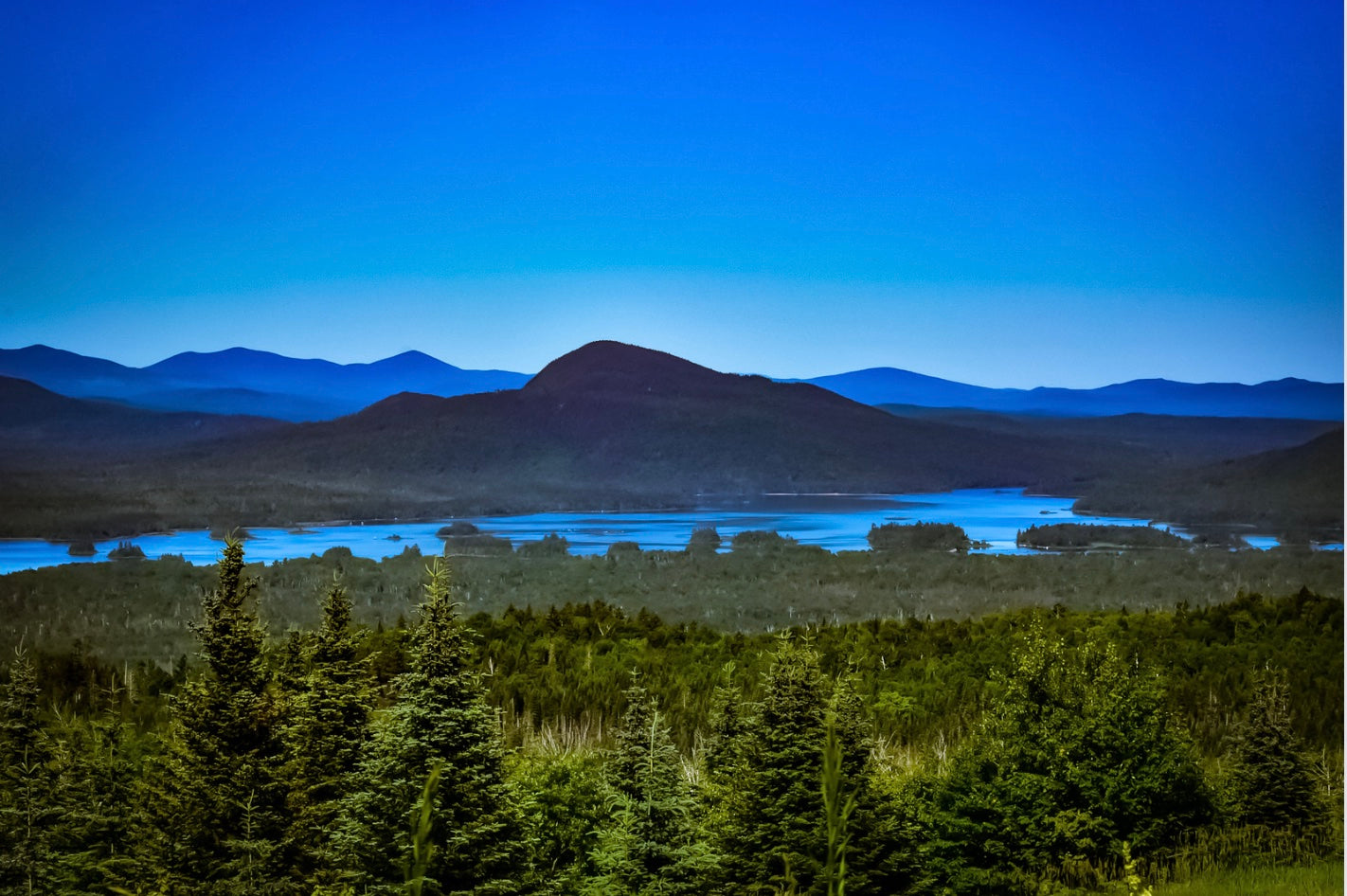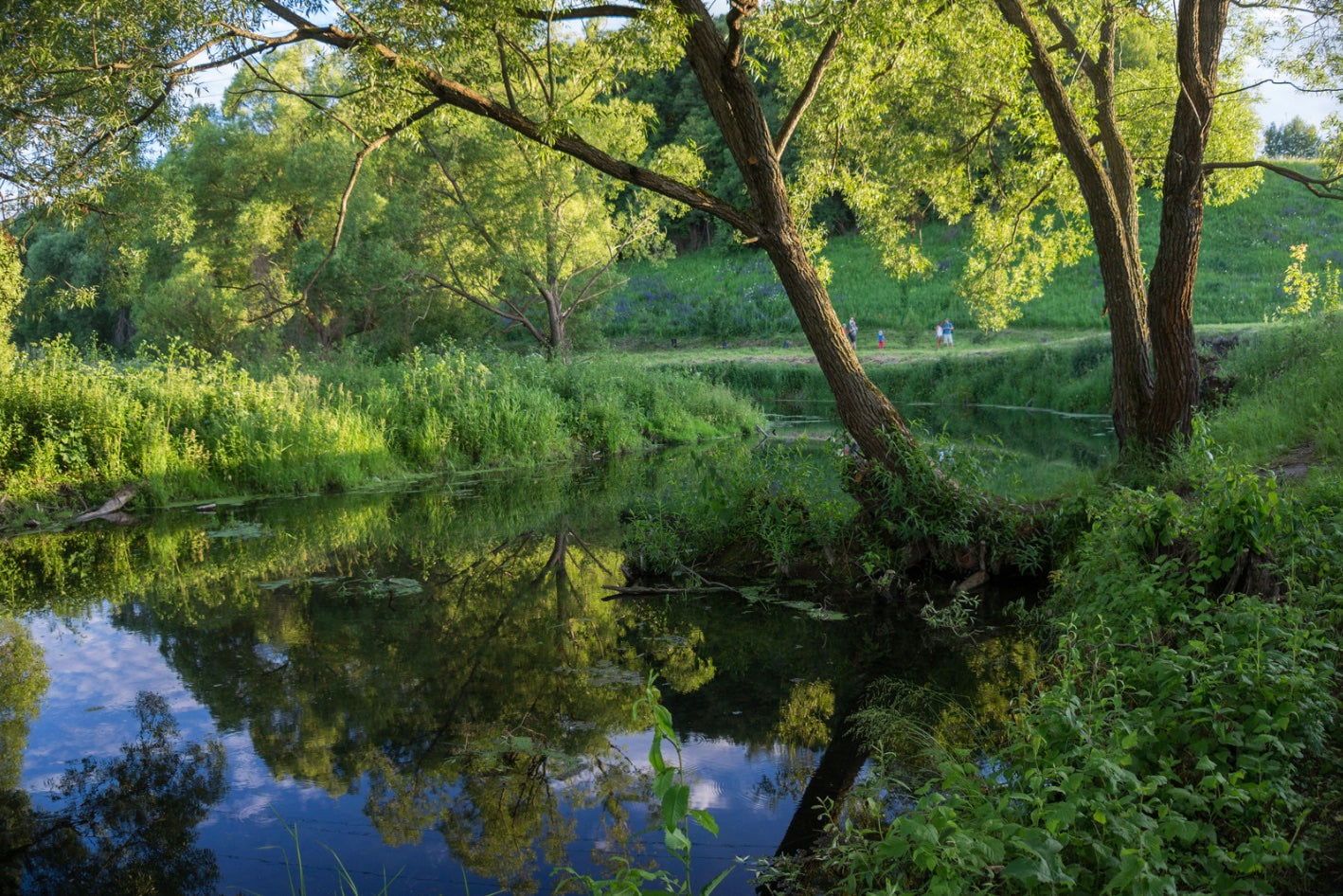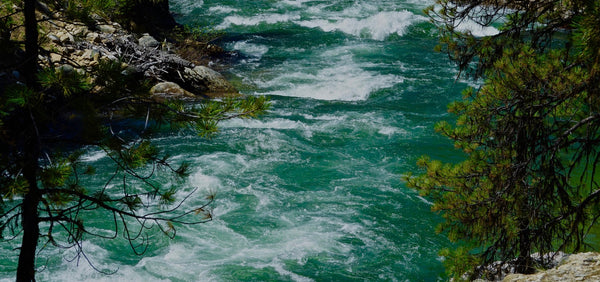
Get news, updates, & event Info delivered right to your inbox:
Watersheds Explained
From forests to urban areas, watersheds are threaded throughout the landscapes we depend on — and they directly impact the quality and quantity of our water resources. Many of our planting projects are working hard to ensure the health of watersheds for many communities around the world.
Planting trees in watersheds is an important strategy to preserve the health of these ecosystems. But first, let’s go over what exactly watersheds are and what they do for our environment!

What Is A Watershed?
Watersheds are areas of land that drain precipitation, such as rain or snow, into a connected water body — which might be a river, lake, or ocean. These areas play a critical role in collecting, storing, and transporting water, shaping the surrounding landscape, and influencing the quality of water resources downstream.
If you ever need help remembering what a watershed is, simply think of the name. Watersheds are areas of land that “shed” water into bodies of water. When precipitation occurs, a drainage divide channels the water, leading the runoff to the nearest body of water.
Every body of water has a watershed. For example, the Mississippi and Missouri Rivers are the two largest rivers in the US. Together, these two rivers supply the basis for a much larger Mississippi watershed that helps supply fresh water to a large portion of the country.

Why Are Watersheds Important?
Watersheds play a vital role in supplying and safeguarding water supplies all around the world. Just like the Mississippi watershed helps supply fresh water to a large portion of the United States, watersheds around the world help supply water to communities and ecosystems.
Because of the importance of watersheds, many of our projects are dedicated to preserving these ecosystems. These efforts have led to improved water quality, reduced erosion, restored habitats, and enhanced ecosystem health.
By planting trees to support watersheds, you contribute directly to preserving and restoring areas vital to wildlife and communities. Together, we can help safeguard water resources by fostering healthier, more sustainable watersheds for generations to come.

Planting Trees for Watersheds
Trees have robust root systems that help stabilize soil, preventing erosion. Since erosion can lead to sedimentation that negatively impacts water quality, this is critical for preserving the health of watersheds. Our watershed projects work to restore tree cover and revive entire ecosystems by planting trees. Every tree planted contributes to reestablishing habitats, fostering a healthier, more balanced watershed environment that allows biodiversity to thrive.
In 2022, one of our partners undertook an ambitious effort as part of an ongoing project: to empower approximately 1,139 members of the hill tribe communities of Thailand to plant 375,000 more trees and restore 90,900 hectares of land within the Nam Kohk, Hoi Lui, and Mae Na Wong watersheds. As the planted trees grow, they nourish and revitalize the soil, restore degraded habitat, improve water sources, and stabilize weather patterns in an area at the forefront of climate change.
Last year, one of our planting partners planted trees to restore a major watershed in the Dominican Republic and Haiti. Reforesting and regenerating this watershed is incredibly important for both the Dominican Republic and Haiti, as millions of people rely on it as their main source of water. As the trees grow, soil and water tables will also stabilize, which will help to reduce the risk of flooding and improve land downstream.
Watersheds play a critical role in the transportation of water to communities around the world. Through reforestation, we can ensure these landscapes are around for generations to come, positively impacting ecosystems and communities.
